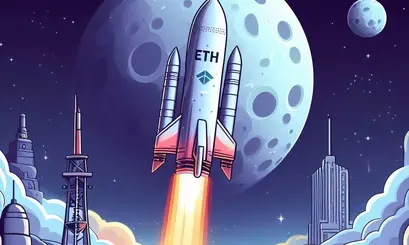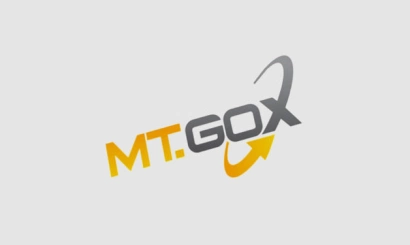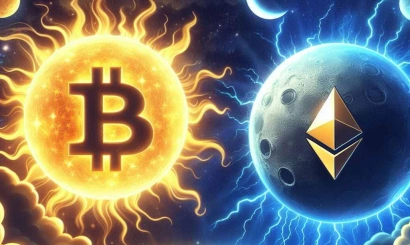How the zkSync project is making Ethereum faster and when it will release its own token
The developers of the $458 million zkSync project have confirmed the launch of their own token
We tell you how the Ethereum scaling project with a $458 million investment is arranged, why it is used by leading crypto sphere players, and what conditions the developers name for launching their own asset
The mass proliferation of cryptocurrencies and Web3 projects are held back by the relatively slow performance of blockchains and high fees, especially during periods of heavy network load. One of the popular technical solutions to increase Ethereum blockchain throughput are the so-called ZK rollups, the implementation of which is a key part of the Ethereum roadmap, and which co-founder Vitalik Buterin has repeatedly talked about.
Such solutions exist on top of the main Ethereum blockchain, they combine a set of transactions into packets, process them in their own network and then transmit them to the main network, thereby increasing the speed of transfer processing and significantly reducing the commission. This commission is paid by users every time they interact with the blockchain - coin transfers, credit protocol transactions, NFT purchases, and any other Ethereum usage scenario.
While Ethereum processes no more than 15 transactions per second at the base level, so-called Layer 2 (L2) solutions allow tens of thousands of transfers per second with multiples of smaller fees. There are many competing startups in the race to create the most successful Ethereum scaling solution - Polygon, Arbitrum, Optimism, Scroll, StarkWare, Fuel Network, and others. They have formed an entire industry, and the biggest projects are valued at billions of dollars.
The most famous solution using the same ZK rollups that Buterin is talking about is zkSync from Matter Labs. Last November, Matter Labs closed a $200 million investment round led by major crypto venture capital funds Blockchain Capital and Dragonfly. Other investors include LightSpeed Venture Partners, Variant, and Andreessen Horowitz (a16z). Matter Labs has raised a total of $458 million, which is one of the largest venture capital investments in the history of the crypto business.
Commenting on the closing of the investment round, Matter Labs product director Steve Newcomb told Fortune that most of the funding will go toward "building the team, further growing, scaling and developing a full-fledged company." Newcomb founded Powerset, which was acquired by Microsoft and later became part of the search engine Bing, before joining Matter Labs. Also on the zkSync development team is Anthony Rose, who led engineering teams at Elon Musk's SpaceX, creating software solutions for Falcon, Dragon, and Starlink.
A new era
After reaching several roadmap milestones, the zkSync project has two networks in its current form, Lite, and Era. The capabilities of zkSync Lite are limited, and it is essentially the first version of the protocol.
However, zkSync Era is a more mainstream product, opened to a wide range of users and developers in March of this year. The network is the first fully launched software environment with support for Ethereum applications, beating out competitors such as Starknet or Polygon. This means it will be easier for developers to move applications to the zkSync Era, where they can take advantage of faster transactions and lower fees.
Many of Ethereum's biggest projects are already deploying on zkSync Era. Among them are popular decentralized finance (DeFi) services such as Uniswap, Curve, Balancer, Maker, and SushiSwap. In addition, zkSync Era is used by Circle (issuer of the second largest stackable USDC), cryptocurrency maker Argent or liquid stacking service Rocket Pool.
An important feature of the zkSync Era is so-called account abstraction, which allows cryptocurrencies to implement features familiar to more mainstream users, such as two-factor authentication or simple username and password access to the wallet. Typically, most cryptocurrencies are just standard addresses that can send and receive funds and interact with smart contracts. With zkSync Era's solution, developers can adapt to the needs of a wider audience.
Matter Labs representatives say in various interviews that the company as a whole is set on working with traditional businesses. In particular, they are interested in the game development industry. In late May, the company hired former Activision Blizzard vice president of community engagement Michael Lee as senior vice president of development to focus on attracting game developers to the zkSync platform. Earlier, the partnership with Matter Labs was announced by Wemade, the leading Korean blockchain game developer behind the WEMIX PLAY platform, which has more than 20 million active users, according to the company's website.
Token issuance and airdrop
zkSync has long been considered in the cryptocurrency community as one of the first candidates for mass airdrop - the distribution of tokens as an incentive for active users of the ecosystem services. Several large blockchain projects, including Optimism, Aptos, Blur, and Arbitrum, held airdrop events for early and active users, receiving rewards worth thousands of dollars. This has sparked speculation that other projects will follow suit.
Given the impressive amount of investment raised and several other circumstantial signs, zkSync is considered one of the most obvious contenders to issue a token and conduct an airdrop. At the end of March, the zkSync ecosystem projects saw a marked increase in activity and turnover following Arbitrum's sensational token giveaway. At the time of publication, turnover in the zkSync Era network, according to analytics service DefiLlama, exceeds $157 million and continues to grow.
The community notes that the main reason for this may be the accrual of activity or so-called airdrop pharming, when users create many wallets, from which they spend a certain set of actions in network projects, expecting in the future to receive more tokens as a reward if the project decides to airdrop.
Farmhunters. How crypto projects fight tokenization in Airdrop
The zkSync developers themselves are apparently aware of what's going on. As Matter Labs' Anthony Rose said in a comment for DL News, project teams "should always monitor speculation around tokens and airdrops."
The company removed the "tokenomics" section from the zkSync website, which was present there until last October. The documentation stated directly that the network's own token was planned to be used for stacking and as collateral for the network's validators.
In a comment for CoinDesk, Matter Labs CEO Alex Gluchowski said that "There are no plans to launch a token at this time. Right now, the team is focused on further developing zkSync Era, the token will only appear when the network decentralizes, which he said is "still far on the horizon."
The zkSync Era network remains largely centralized for now - Matter Labs can arbitrarily update its software code. The company still controls the so-called sequencer and prover, the two main components of the network. As Gluchowski clarified, the token will only be needed for the project when it becomes necessary to make the sequencer decentralized. He estimates that will happen in about a year.
- Bloomberg has learned about Changpeng Zhao's possible successor as head of Binance
- Elon Musk is being sued for insider trading of Dogecoin
- Blockchain analytics company Elliptic has implemented ChatGPT in its data processing system
- Revenues of bitcoin miners in May exceeded $900 million
- Circle has abandoned U.S. Treasury securities in a $24 billion reserve fund
- Farmhunters. How crypto projects fight scam in Airdrop
- Hackers and fraudulent crypto projects stole $71 million in cryptocurrency in May

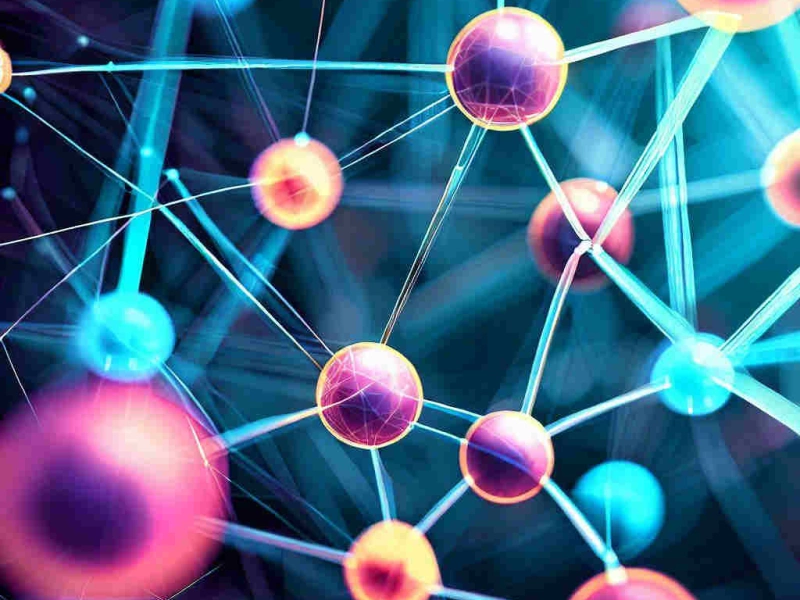
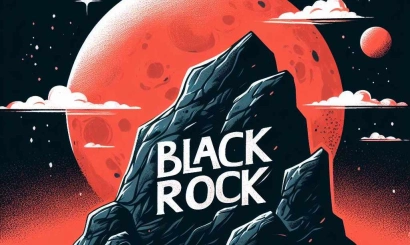
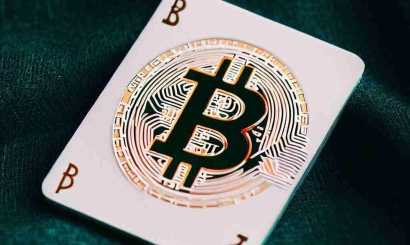
_410x245_00e.webp)
